Lower back pain is a common issue that affects many individuals, impacting their daily activities and quality of life. In this blog post, we will explore the various causes of lower back pain and discuss effective remedies to alleviate this discomfort.
What are the common causes of lower back pain?
Lower back pain can be caused by a variety of factors, including poor posture, muscle strain, injury, or underlying medical conditions. In fact, studies show that 80% of adults will experience lower back pain at some point in their lives.
How can you prevent lower back pain?
One of the best ways to prevent lower back pain is by maintaining good posture and practicing proper body mechanics. Regular exercise, stretching, and strengthening the core muscles can also help support the spine and reduce the risk of developing back pain.
What are some effective remedies for lower back pain?
For individuals experiencing lower back pain, there are several remedies that can provide relief. These include over-the-counter pain medications, hot or cold therapy, physical therapy, and massage. In more severe cases, a healthcare provider may recommend injections or surgery.
How can ergonomic products help with lower back pain?
Ergonomic products, such as lumbar support cushions, standing desks, and ergonomic chairs, can help improve posture and reduce strain on the lower back. By creating a more comfortable and supportive work environment, these products can alleviate lower back pain and prevent future issues.
Overall, understanding the causes of lower back pain and implementing effective remedies can help individuals manage this common condition and improve their overall well-being. By taking proactive steps to prevent and treat lower back pain, individuals can enjoy a healthier and more active lifestyle.
Lower back pain can be caused by a variety of problems with any parts of the complex, interconnected network of spinal muscles, nerves, bones and discs that make up the spine. Typical sources of low back pain include: The lower back (lumbar area) of the spine is made up of five bones (vertebrae), which are cushioned by small, spongy discs. The discs are made up of an outer layer, called the annulus and a gel-like center called the nucleus. When these discs become worn down or injured, they may bulge or rupture and press on a nerve root causing pain that may extend downward into your leg. Sometimes the repair process takes so long that it becomes chronic and debilitating.

A physical therapist can provide a thorough evaluation to determine the cause of your pain and develop an appropriate treatment plan. Treatment options may include exercise, manual therapy or other modalities to help relieve your symptoms and promote healing. A doctor's referral is required for physical therapy; however you may call a clinic directly to set up an appointment
There are many causes of lower back pain but there are ways we can all help our backs feel better.
- Pain in your lower back can range from sharp to a dull ache.
- It's common to experience pain on one side of your body, though you also may feel it in both hips, legs, or buttocks.
- Lower back pain might be caused by muscle strain, herniated disc, osteoarthritis, spinal stenosis or a number of other sources.
- Most episodes of lower back pain resolve themselves within a few weeks.
- Lower back pain may signal a serious condition but probably won't result in permanent nerve damage or paralysis.
- A doctor can help determine the cause of your lower back pain and recommend an appropriate course of treatment.
- It's important to stay active if you have lower back pain.
- You should call your doctor if your lower back pain is getting worse instead of better over time.
- The symptoms of sciatica are similar to those seen with lower back pain but may include weakness or numbness in the leg or foot as well as a sharp, shooting pain that radiates from the buttocks down the leg.
- Sciatica may result from degenerative arthritis or spine narrowing (spinal stenosis
1: Sciatica

Sciatica is most usually caused by a herniated disk, a bone spur on the spine, or a constriction of the spine (spinal stenosis). This results in inflammation, discomfort, and numbness in the afflicted limb.
2: Disc Herniation

A herniated disc is a common spinal condition that usually responds well to non-invasive treatments such as modest exercise or over-the-counter pain relievers. However, certain ruptured disc symptoms necessitate a visit to your doctor in order to avoid serious—and perhaps permanent—nerve consequences.
3: Scoliosis

Scoliosis is a lateral curvature of the spine that is most commonly detected in teens. While scoliosis can arise in persons with diseases such as cerebral palsy and muscular dystrophy, the majority of infantile scoliosis is caused by unknown factors. The majority of scoliosis occurrences are moderate, although some curvature increase as children grow.
4: Spinal Stenosis

Spinal stenosis is a narrowing of the gaps within your spine that can cause pressure on the nerves that run through it. Spinal stenosis most commonly affects the lower back and neck. Some patients with spinal stenosis may not experience any symptoms.
5: Weak Glute Muscles
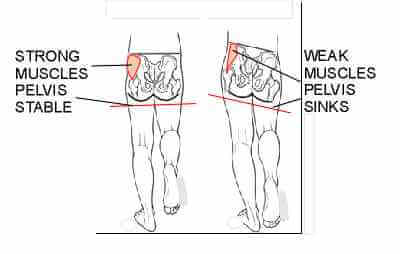
The most common cause of weakness in these muscles is inactivity or a sedentary lifestyle. As technology progresses and more individuals are limited to desk occupations where they spend the most of the day sitting, the glutes atrophy and the anterior hips adapt to a shorter position.
6: Piriformis syndrome

Piriformis syndrome is often caused by compression or contraction of the piriformis muscle on certain sections of the sciatic nerve; the most prevalent risk factors are overuse or sports-related damage, although other disorders can also cause the symptoms.
Lower back pain is a common ailment that can be caused by a variety of issues within the complex, interconnected network of spinal muscles, nerves, bones, and discs that make up the spine. Some of the most common causes of lower back pain include muscle strain, herniated discs, osteoarthritis, spinal stenosis, and sciatica.
Herniated discs occur when the small, spongy discs between the vertebrae in the lower back become worn down or injured, causing them to bulge or rupture and press on a nerve root, resulting in pain that may extend down the leg. This condition is often referred to as a slipped or ruptured disc.
Sciatica is a condition that is caused by compression or contraction of the piriformis muscle on certain sections of the sciatic nerve. Symptoms of sciatica include weakness or numbness in the leg or foot as well as a sharp, shooting pain that radiates from the buttocks down the leg.
Spinal stenosis is a narrowing of the gaps within the spine that can cause pressure on the nerves that run through it. It most commonly affects the lower back and neck and can cause symptoms such as leg pain, weakness, and numbness.
Weak glute muscles can also cause lower back pain. The glute muscles are located in the buttocks and are responsible for hip and thigh movement. Inactivity or a sedentary lifestyle can cause these muscles to atrophy, leading to weakness and pain.
Physical therapy can provide a thorough evaluation to determine the cause of your lower back pain and develop an appropriate treatment plan. Treatment options may include exercise, manual therapy, or other modalities to help relieve your symptoms and promote healing. A doctor's referral is required for physical therapy, but you may call a clinic directly to set up an appointment.
It is important to stay active if you have lower back pain, but you should also call your doctor if your lower back pain is getting worse instead of better over time. Most episodes of lower back pain resolve themselves within a few weeks, but it is important to address any underlying conditions to avoid serious and potentially permanent nerve damage.


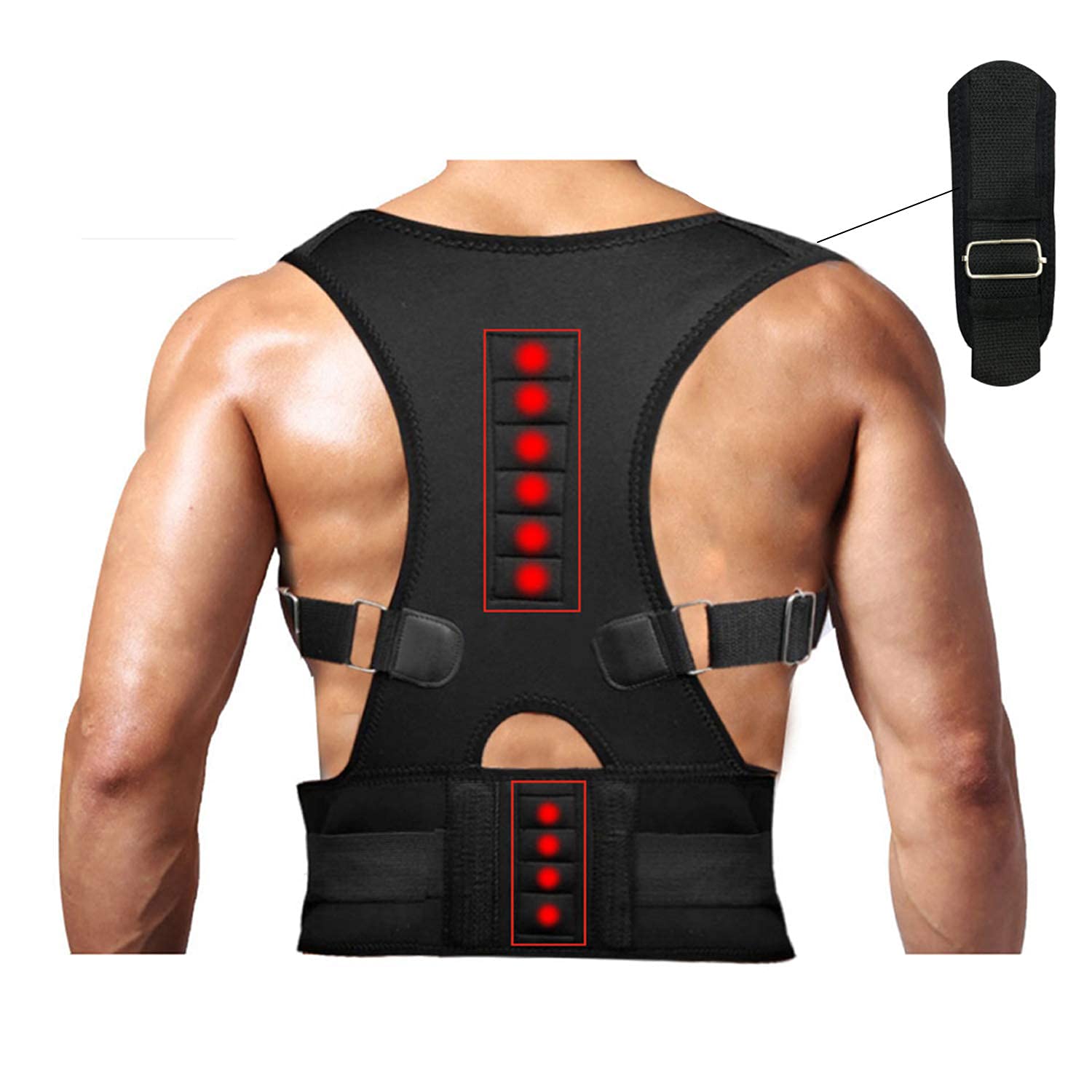
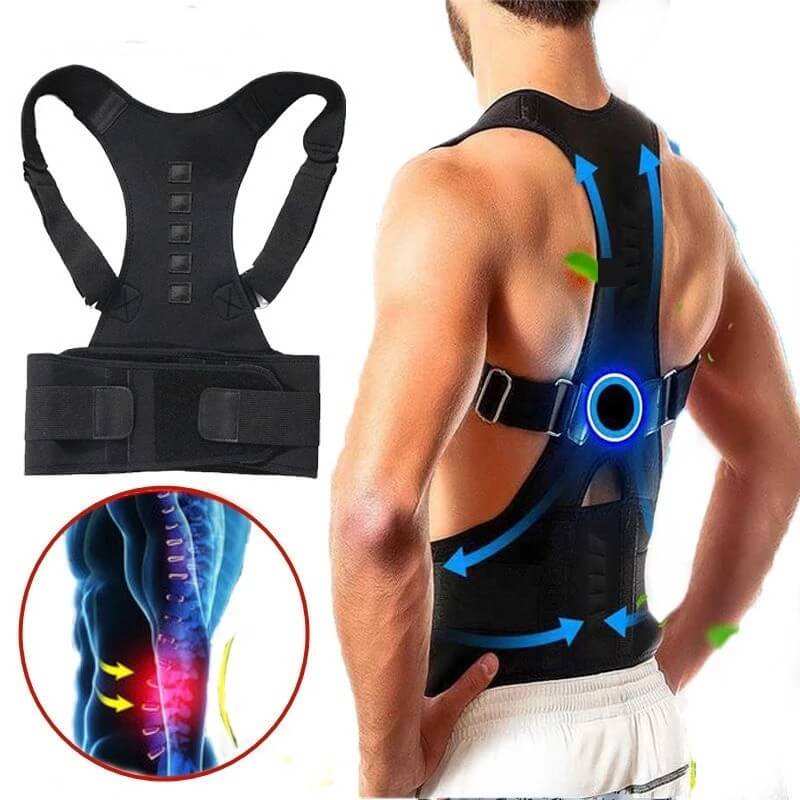
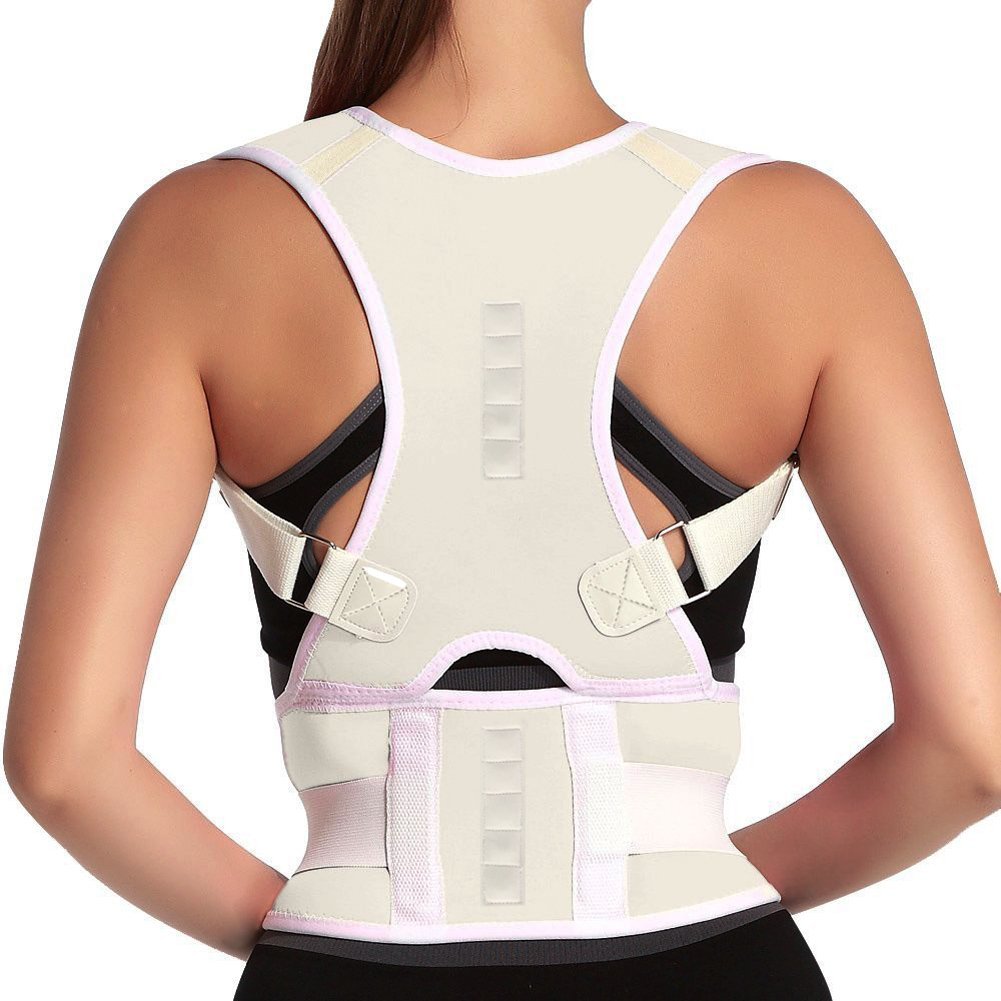
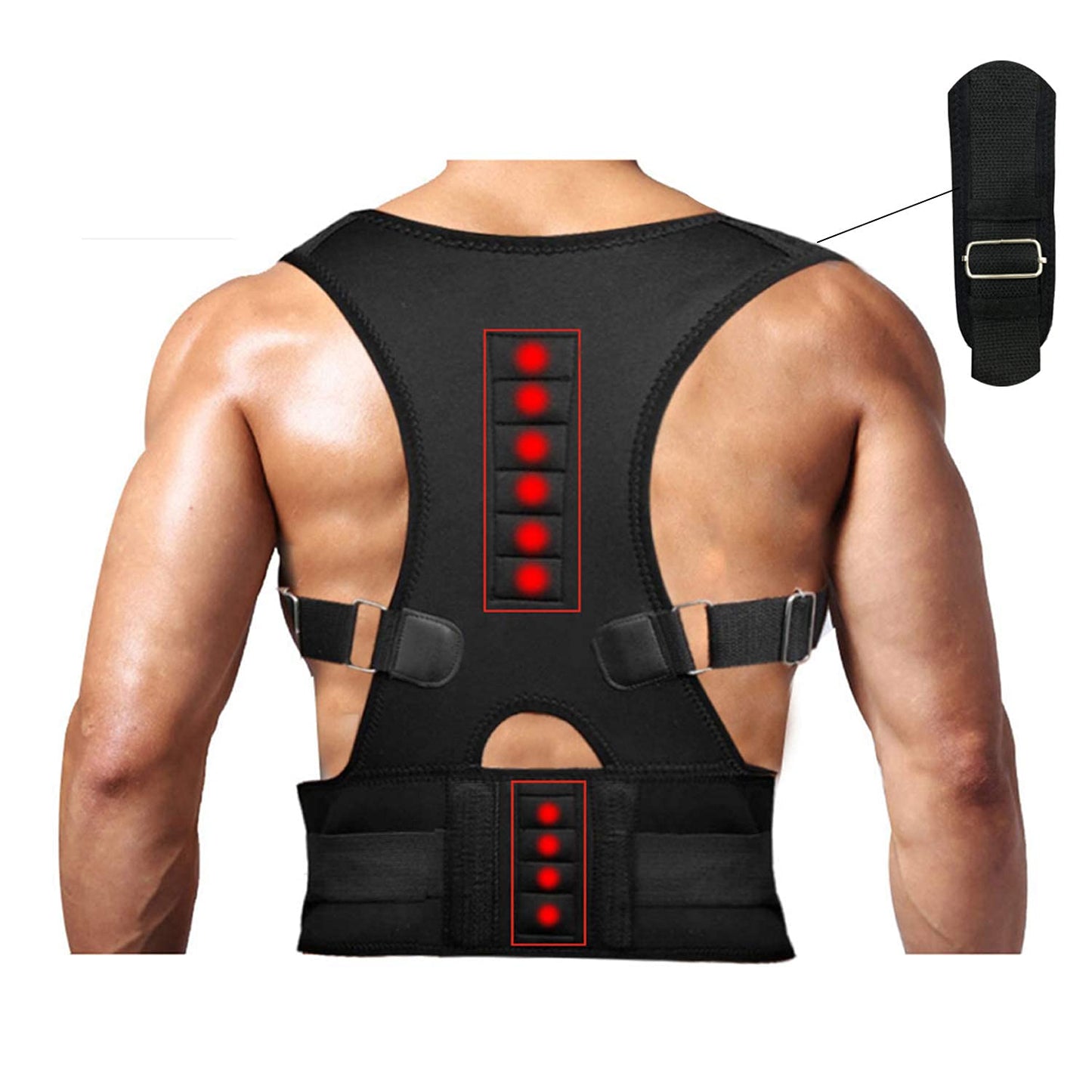
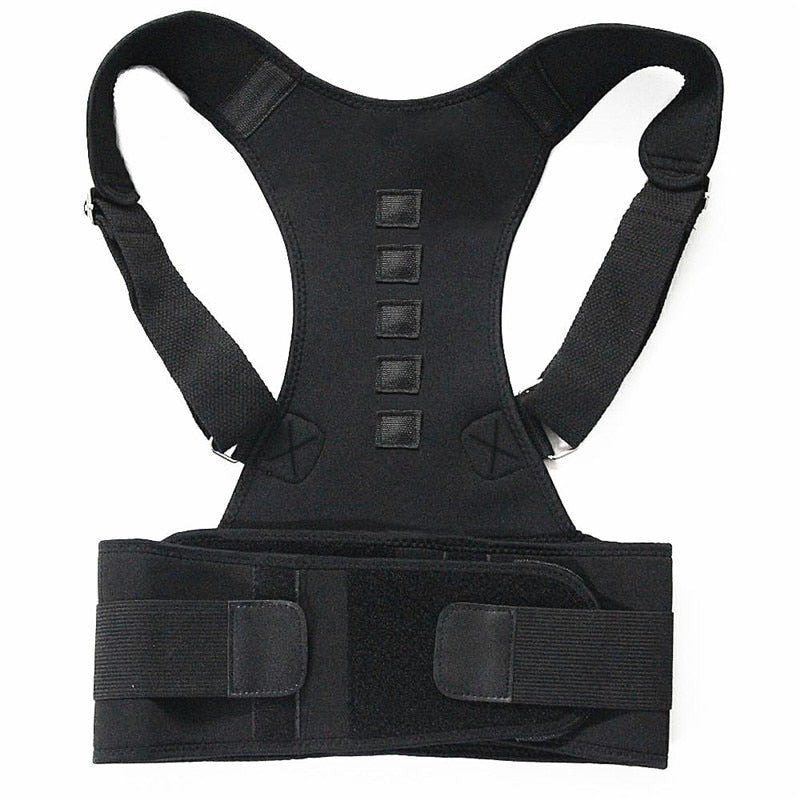
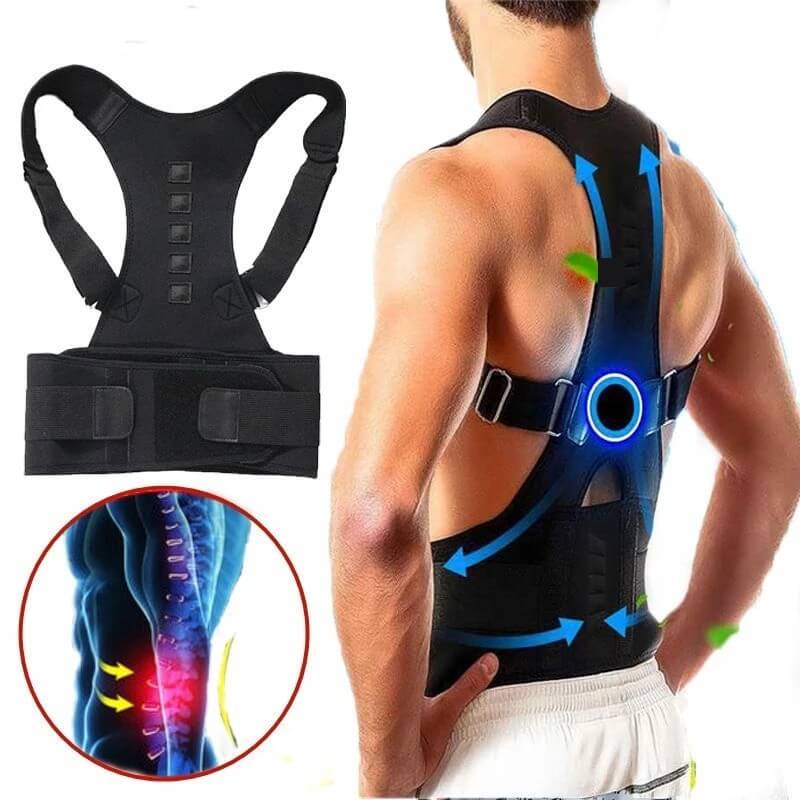
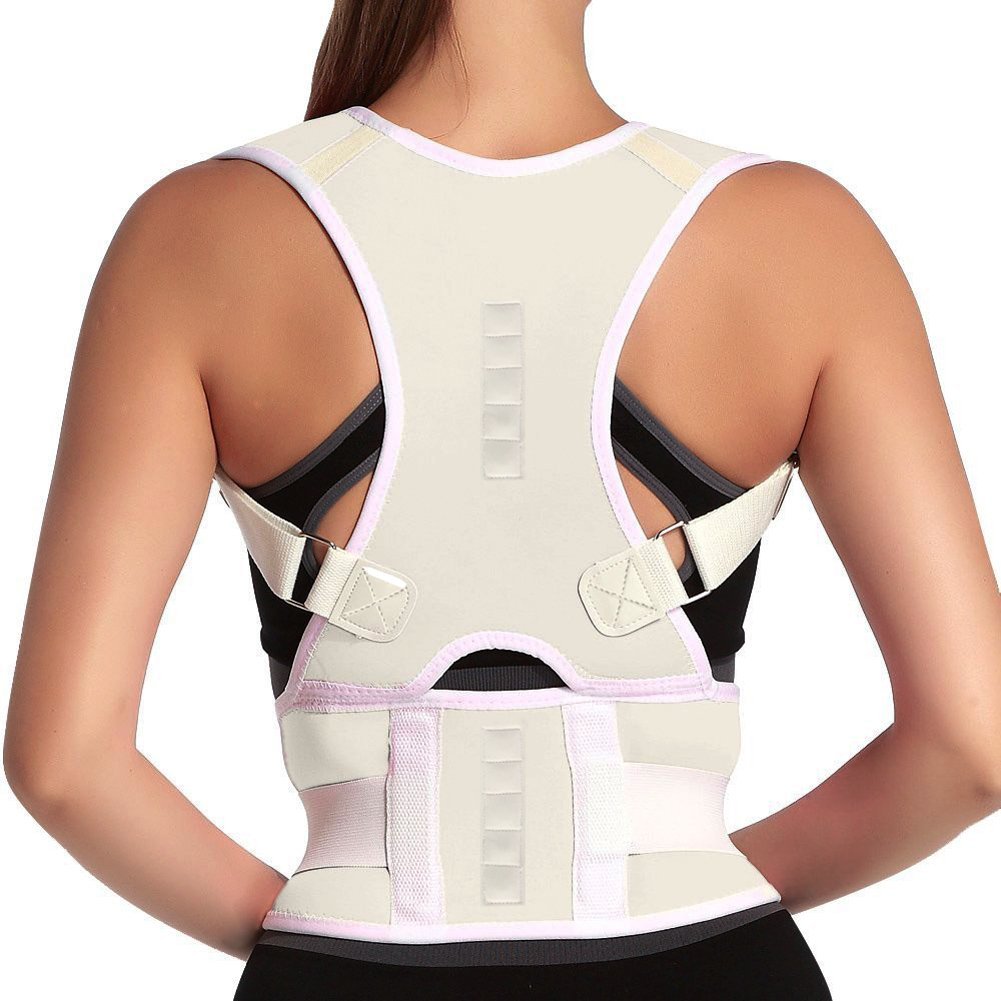
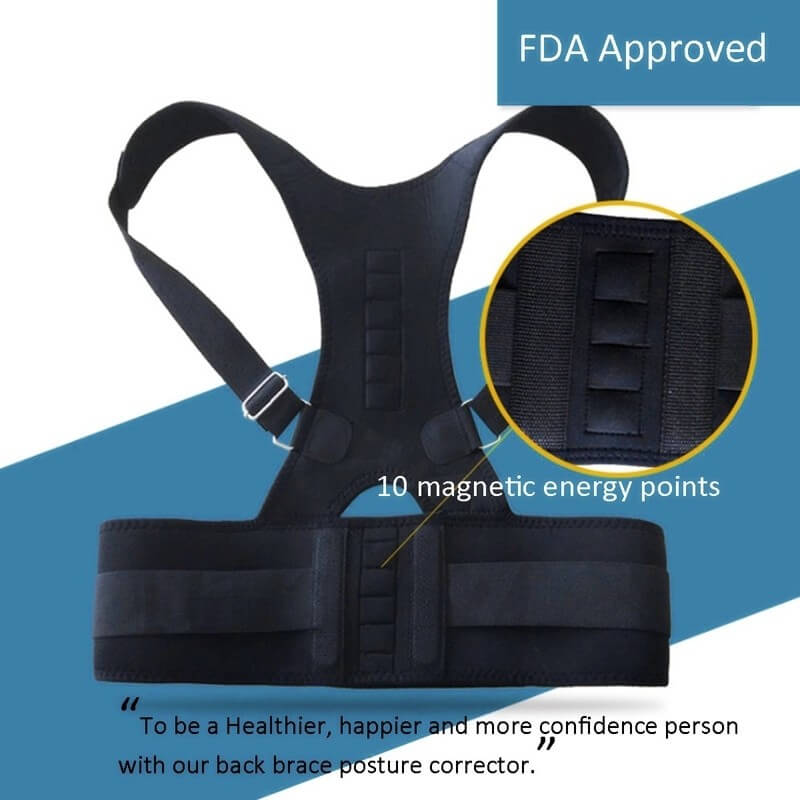
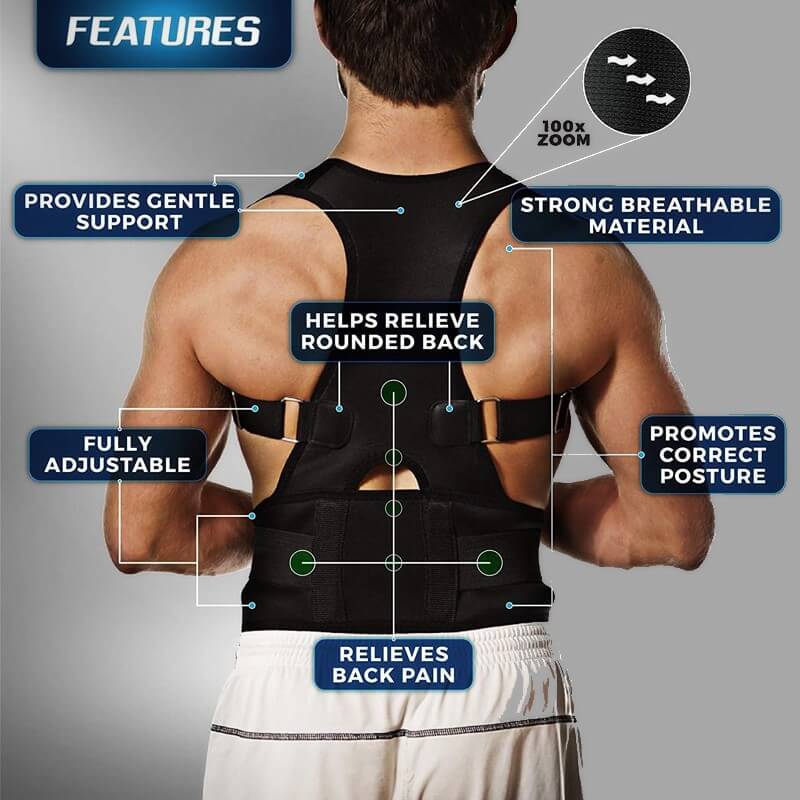
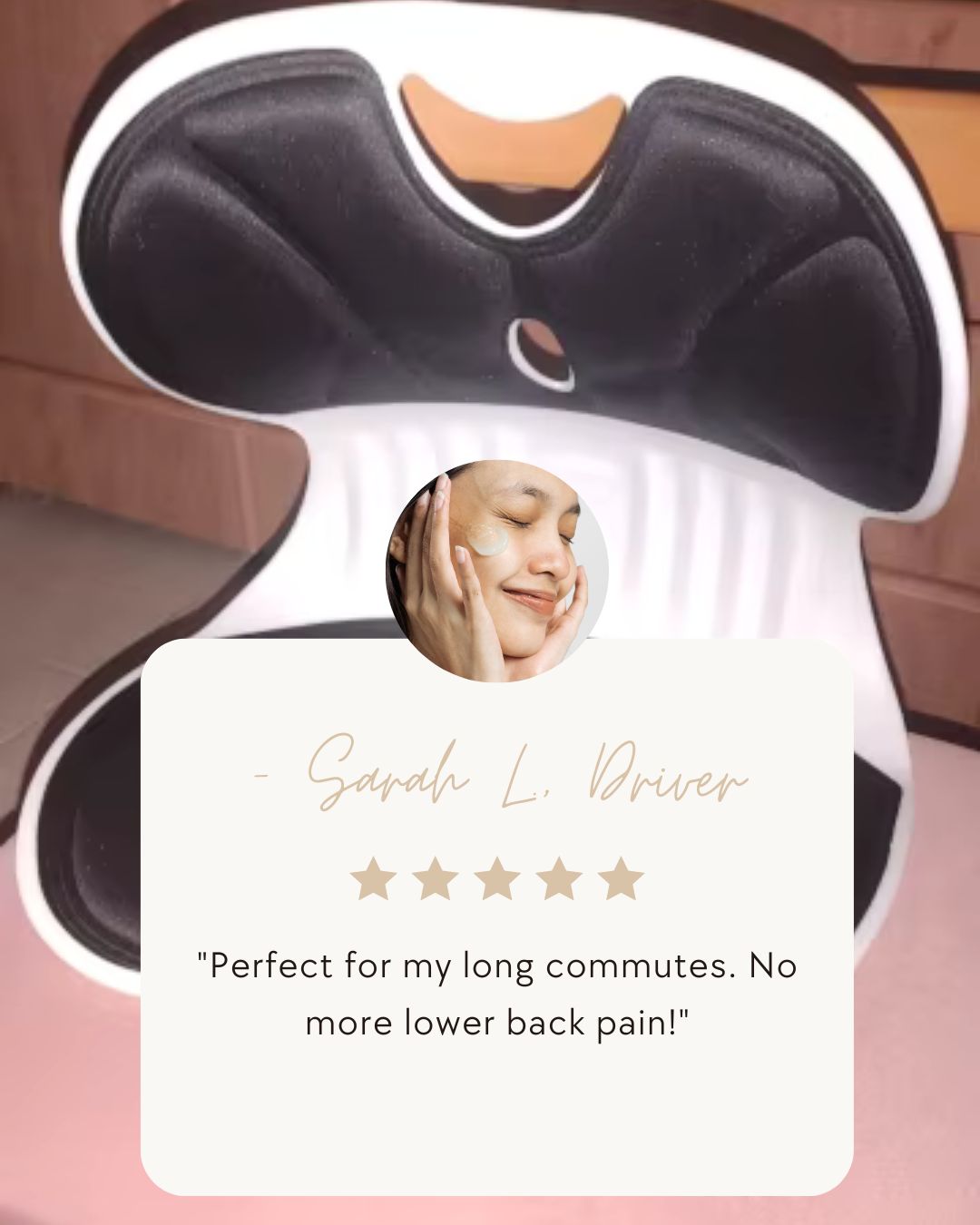
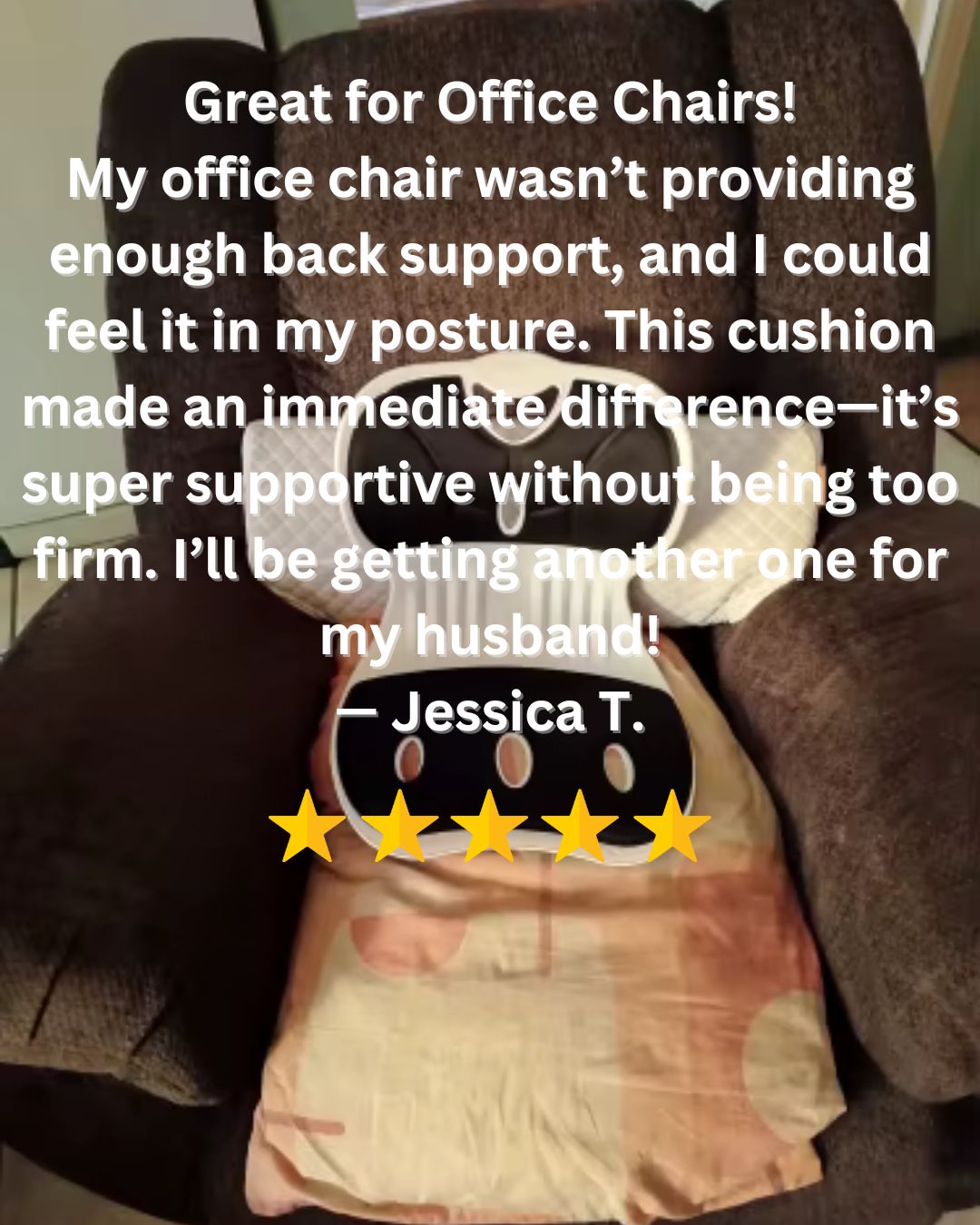
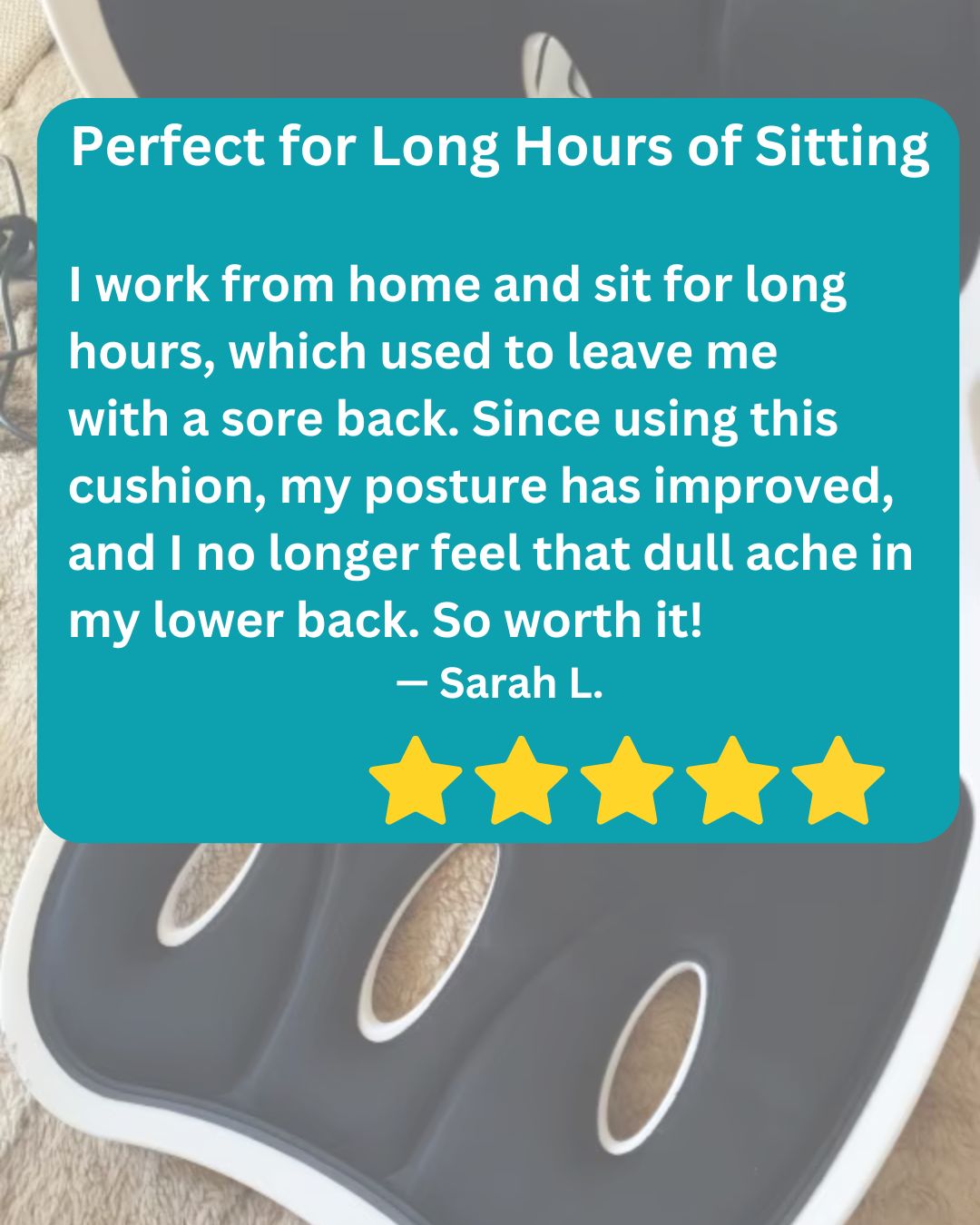
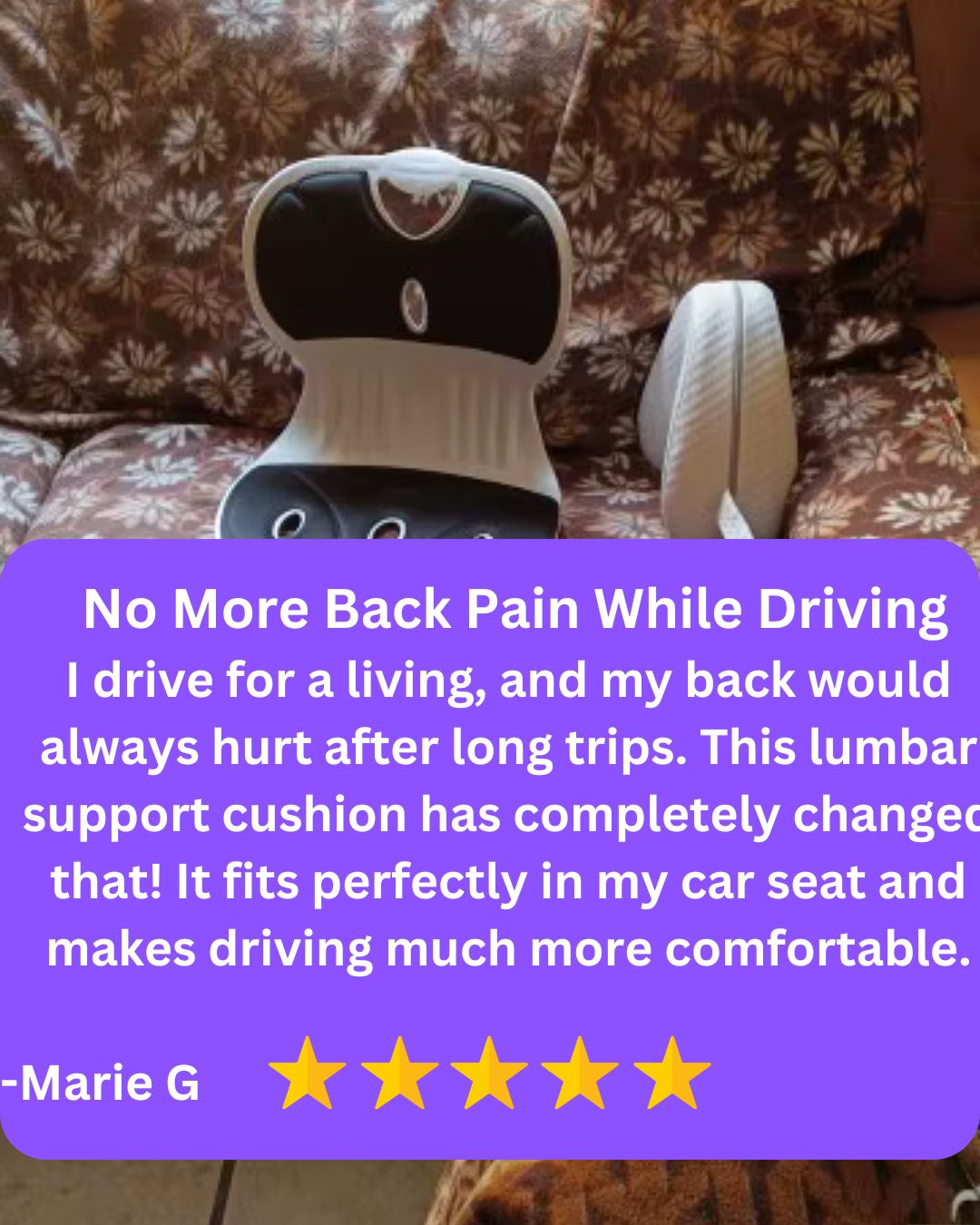
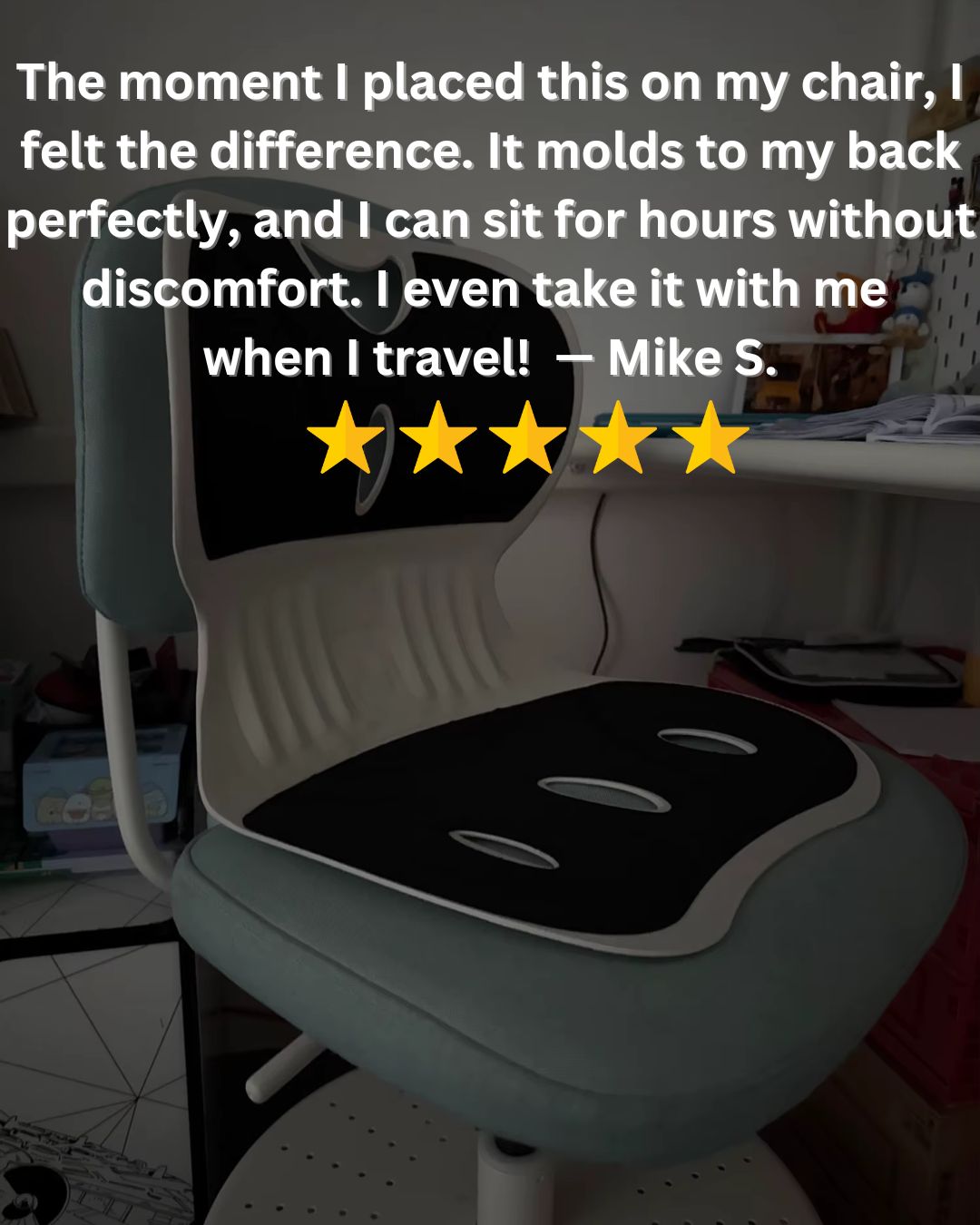
1 comment
I’m reading this because my brother age 61; has been hurting in his lower back. His Primary Doctor sent him to see a specialist and she gave him a shot in or around L5. I’m not sure if that was the whole problem. His thighs really hurt and are aching mostly on the right side. I don’t know what kind of shot it was; but you might know…🤷♀️
My brother has been a painter for the last 40 years and he’s self employed. I did get him on Medicaid which now he will go to the Doctors.
Thank you for listening to me, not sure what you can say about it but ,I feel better telling some one.
I’m going to try to get him to a neurologist for a few more tests.
Sincerely,
Shannon Todd
stodd2020@outlook.com